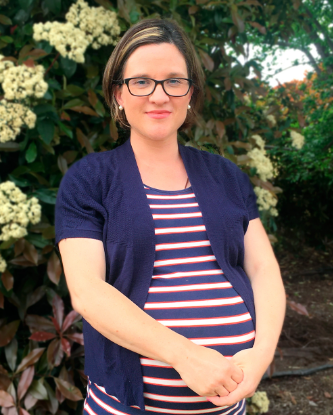We have a page published in the Together Paper each month. You can always read this article via the Wagga Wagga Diocese website, or read below:
There is no mirror so brutal as our weaknesses reflected back at us from our children. It
takes the concept of pulling the log out of our own eyes (cf. Matthew 7:3-5) to a whole new
level.
I think we’re all familiar with attempting to remove said logs from our eye. Our hands bear
the scars from splinters and grazes, the unsuccessful attempts to clear our personal log/s.
Just when we think we have a little bit of purchase, we end up losing ground and having to
start the process all over again.
This is not, however, reason for despair. Our log may be entrenched but that doesn’t mean
that we can’t help form our children to remove the splinters from their own eyes. In an
example familiar to us all: we need to put our own oxygen mask on before our dependants,
but that doesn’t preclude us from helping them!
But how do we help them? By equipping ourselves, then our children, with the strategies
they can use to grow in virtue and root out vice.
Step 1: Recognise
Of course, to begin with, forming our children means that we need to help them recognise
the splinters as they come to hand.
Equipping our children with the skills necessary to recognise the areas in which they need to
grow in virtue is a long process. Through each state of their lives their grasp of these
concepts will be limited by their age, maturity and environment.
Where a toddler may only be capable of understanding hurting someone else elicits a
negative response, a primary aged child can be reasonably expected to understand that
hurting others is wrong and that an apology is required. Their sympathy and empathy can be
encouraged at this point, for they can recall how it felt to be hurt themselves.
As they prepare for the Sacraments they will come to understand that hurting someone else,
even the most annoying of siblings, is covered under the commandment ‘Thou shall not kill’.
They will also be beginning to implement strategies to identity and then express their
emotions in a healthier way than solving every problem with their fist. But they won’t always
be successful.
Their progress will continue for the rest of their life. Recognising what virtues they need to
focus on strengthening, or vices they need to address, is just the first step in a circular
process.
Step 2: Recruit
One of the most encouraging aspects of our faith is that we have a wealth of help, guidance
and resources available to help us become who we were made to be.
After we have recognised what areas we need to work on, we can recruit help from
accountability partners, spiritual directors, the Church doctors and fathers and so on. For our
children, we parents might be the first person they call upon for help. We might even be the
one to encourage help when we see that they are struggling in a particular area.
One important element here is that we model what we want our children to do. And to be
realistic when things don’t fall the way we want. If we’re modelling a façade of perfection
then they will think it unattainable.
Instead, let them witness you accessing the wealth of our faith in order to become more like
Christ.
Step 3: Repair
If vice and sin are involved then it goes without saying that we will need to repair the state of
our soul and our relationships with others. The Sacrament of Confession is the obvious
starting point and one we don’t take advantage of as much as we should. Maybe making a
commitment as a family to attend Confession regularly is just what the doctor ordered!
Asking and seeking forgiveness is one part of the reparation process, and it can feel both
awkward and uncomfortable at first. However, this sincere vulnerability is a necessary part of
authentic human connection. As is forgiving those who hurt us. It might sound like I’m just
paraphrasing the Our Father here but hanging onto unforgiveness and resentment is
essentially erecting a roadblock on our spiritual journey. In order to seek real forgiveness,
you need to be able to forgive. And that can be easier said than done.
Step 4: Repeat
Yes, this is repetitious. And no, you won’t get a break from this cycle on this side of Heaven.
But the more fully you accept the process, the more willing you are to knuckle down and
form your children, the more crucial it is to continue to form yourself.
Remember, your oxygen mask has to go on first.

Written by Emily Shaw
VM Writer and Graphic Designer. Wife of one, mother of 8. Tackling growth in virtue one (baby) step at a time.
